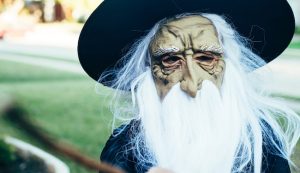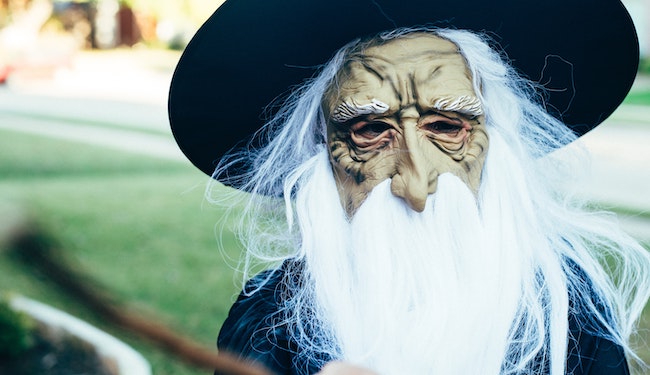
This week we begin Sefer Vayikra {the Book of Leviticus} with Parshas Vayikra. “Vayikra el Moshe {And He (Hashem) called to Moshe}. [1:1]” The Ramban explains the connection between Vayikra and the previous Sefer of Shemos. Shemos, the Sefer of Exile and Redemption, concluded with the Shchinah, the Heavenly Presence, filling the Mishkan. Vayikra instructs us as to the spiritual maintenance of the Mishkan-that which needed to be done in order to keep the Shchinah there. This included the daily service and the proper atonement for the eventuality of our errors through the bringing of korbonos {sacrifices}.
The Ramban further explains the concept of a korbon {sacrifice}-how slaughtering an animal atones and thereby brings one closer to Hashem. (We should keep in mind that the root of the word korbon is ‘karov’ which means drawing close.)
He writes [1:9] that the true atonement comes, not from the physical actions done to the animal, but rather from the process of deep introspection that one must undergo while offering the sacrifice. One must realize that it is really he who should be roasting on that altar! Such a thought process will cause him to distance himself from the materialistic and the physical which led him to sin. He reaches the realization that since his physical existence caused him to distance himself from Hashem as opposed to accomplishing its divine purpose of working together with and becoming uplifted through the spiritual, that physical existence should have been taken from him. This will allow him to henceforth clearly focus on the spiritual and gain this closeness (karov) to Hashem.
In order to fully understand how korbon can correct sin, we must gain an understanding of the way that we were affected and changed by sin. This can be done by examining the first sin committed by mankind-the sin of Adom and Chava {Adam and Eve}.
Adom and Chava were created in a state of pure tov {good}, wanting only to do the will of Hashem. Any inclination to sin came from an external source, personified by the nachash {snake}. Just as we have no desire to harm ourselves physically by jumping into a physical fire, they had no desire to destroy themselves spiritually by entering the searing fire of sin. The external urging therefore had to come in the form of the sin somehow allowing them to serve Hashem even better than before. They misconstrued the sin as actually being tov-a move which would yield positive results. Their test was therefore not a decision of tov versus ra {evil} but a battle to determine what was actually tov.
As a result of their sin they, and the entire world, underwent a fundamental change. Everything became a mixture of tov and ra. Ra became incorporated into who they were. They now had to wage a battle of internal contradictory voices vying for their attention and loyalty. This change was manifested by their sudden awareness that they were naked. Whereas beforehand they “lo yisboshashu {were not embarrassed},” suddenly, after they ate from the Tree of Knowledge, they hid “ki airom {because they were naked}.”
How can we understand this change in their self-awareness?
Many of us have gone horseback riding. Although the horse that we were sitting on was wearing nothing but a saddle, we riders were not the least bit embarrassed. What’s there to be embarrassed about? A horse is a horse, of course, of course! The fact that it is naked bears no reflection on me whatsoever, and I am therefore not the least bit embarrassed.
Adom and Chava had a perfect awareness of who and what they were. They were souls, spiritual beings, the angel’s superiors. Their role in creation was to walk on the earth of this world while their stature extended up to the highest points of heaven. But how can a soul walk on earth? It needs a mode of transportation. It needs a horse. They were given horses-bodies-to transport themselves around. The horses were naked. No reflection on them. They had nothing to be embarrassed about. They were naked but “lo yisboshashu {they were not embarrassed}.”
Then they ate from the Tree of Knowledge. They changed. Their clarity was forever altered. Am I a soul? Am I a body? Who am I? Confusion. Blurred perception of who and what they were. It’s no longer a horse that’s running around naked. That just might be ME! They hid “ki airom {because they were naked}.”
The first sin-the root of all sins that follow. Confusion. Who am I? An over-association with the body. An over-involvement with the body. How is it corrected? A korbon is brought. The animal’s body is burned. It should be my body. That’s not who I am. I am a soul. I have to begin to act accordingly. The closeness (korbon) to Hashem is reestablished.
Purim follows in a few days. The custom is to get dressed up-to wear masks. When one sees a mask, one immediately strains to see who is there behind the mask. Purim teaches us to look behind. To look behind all of the ‘natural’ events of the world and see the hand of Hashem in everything that takes place in this world. To look behind the physical body we are wrapped in and to see the precious soul of our true selves.
Have a wonderful Shabbos and a joyous Purim,
Yisroel Ciner
This is dedicated in mazel tov to Mr. Baruki Cohen and Miss Debbie Rosenfeld on their upcoming marriage, which will BE”H take place between Parshas Vayikra and Purim. May their life together synthesize the serious introspection of the karbonos with the unbounded joy of Purim.
Copyright © 1998 by Rabbi Yisroel Ciner and Project Genesis, Inc.
The author teaches at Neveh Tzion in Telzstone (near Yerushalayim).


